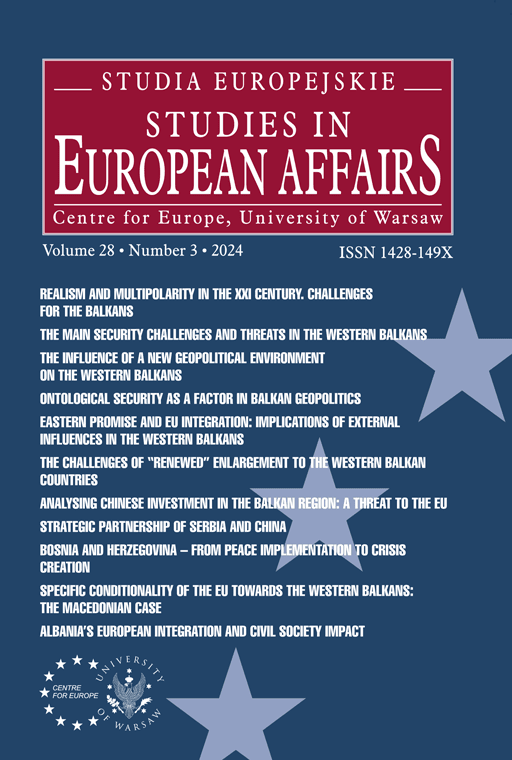The Resolution on the Srebrenica Genocide and Dayton Peace Agreement: In Which Direction Is It Heading?
The Resolution on the Srebrenica Genocide and Dayton Peace Agreement: In Which Direction Is It Heading?
Author(s): Dragan DakićSubject(s): Politics / Political Sciences, Politics, History, Recent History (1900 till today), Transformation Period (1990 - 2010), Wars in Jugoslavia
Published by: Centrum Europejskie Uniwersytetu Warszawskiego
Keywords: Dayton Peace Agreement; Genocide; Resolution; Srebrenica
Summary/Abstract: This study explores the legal consequences and importance of the United Nations General Assembly (UNGA) Resolution (hereinafter: the Resolution) regarding the Srebrenica Genocide, which was adopted in light of the atrocities that occurred in 1995. The main aim is to assess the Resolution’s ability to initiate a supervening impossibility of performance (ius cogens superveniens) concerning the Dayton Peace Agreement. Utilising a qualitative approach, the research analyses the text of the resolution, the voting process, and the pertinent legal frameworks as well as the relevant scholarship. The findings highlight that although UNGA resolutions lack binding authority, they can significantly aid in the evolution of Customary International Law (CIL). The aforementioned Resolution’s focus on accountability and genocide prevention emphasises its contribution to the development of international legal standards and its interpretative role. The investigation reveals that the Resolution contains elements that could be interpreted as binding, hinting at its intended nature. However, the binding nature of the Resolution, in terms of its components and interpretative role, cannot void nor terminate the Dayton Peace Agreement. For such an outcome to occur, the Resolution would have to establish a peremptory norm of general international law through general principles of international law or Customary International Law. In this context, the research clarifies that the Resolution possesses the legitimacy to support the formation of Customary International Law. Nevertheless, this does not suggest that the potential of Customary International Law automatically overrides the grounds of ius cogens superveniens for invalidating the Dayton Peace Agreement. Instead, the Resolution’s reliance on the binding sources of international law, which include peremptory norms along with the judicial interpretation that applies these norms, plays a vital role in this scenario. At the same time, any potential conflict between those principles and the Dayton Peace Agreement, despite being classified as peremptory principles, appears to be overly broad at this juncture.
Journal: Studia Europejskie
- Issue Year: 28/2024
- Issue No: 3
- Page Range: 233-247
- Page Count: 15
- Language: English

